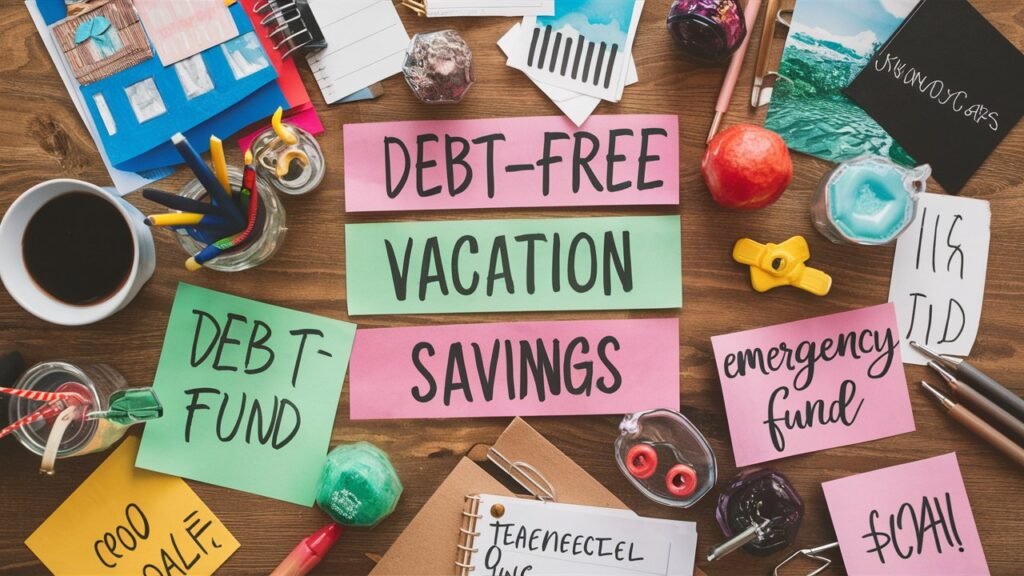INTRODUCTION
Emotional spending can actually become one of the biggest stumbling blocks to your financial freedom. More often than not, these purchases are associated with cheering ourselves up, relieving one’s stress, or celebrating an occasion, only to leave us regretting our decisions and feeling pulled away from our otherwise sound financial plans. This guide will give you the recipes all about emotional spending, how to identify your triggers, and actionable steps for taking back control of your finances. Let’s dive in!
What Is Emotional Spending?
Emotional spending Impulse buying is the opposite of a more econometric approach to ensure that the expenditure fits within a pre-decided budget. Shopping thus becomes a source of relief from negative feelings-stress, sadness, boredom, or celebration-an escape. Studies now show that a large part of the population resorts to online shopping after a hard day’s work, and then there are the spenders who hit the shops to celebrate any good news.
While treating oneself seems okay, but when this becomes a pattern, it could lead one spending beyond their means, falling into debt, and hence inviting financial distress into one’s life.
The Basis of Emotional Spending
The initial step toward breaking the cycle of emotional spending is understanding what triggers it. These are few of the typical reasons given for emotional spending.
1. Stress-Relief: Shopping raises dopamine, the feel-good chemical that temporarily masks stress.
2. Filling in Time: Some people shop just to fill a time or simply for entertainment.
3. Social Pressure: One buys to fit in or sometimes feel successful with the help of advertisements and social media.
4. Instant Gratification: Buying anything instantly gratifies an emotional need, even if temporarily.
Signs of Emotional Spending
You are probably an emotional spendthrift if you:
• Shop for things you do not need when you are happy or sad.
• Consistently feel guilty after shopping.
• Shopping is a relief from boredom.
• Your purchases exceed the preallocated budget or savings.
• You sometimes hide your purchases from others.
Steps to Avoid Emotional Spending
Here is a step-by-step guide to help stop emotional spending altogether:
1. Recognize Your Triggers
Just think upon the emotional states that prompt you to go out shopping: Is your credit card within reach because of stress, sadness, or intermediate boredom? Keeping a mood-spending diary will provide insights into the atmospheric conditions influencing one’s emotional-spending habits.
• Write down what you are feeling before making a purchase.
• Take notice of the time and situation in which emotional spending occurs.
2. Set Specific Financial Goals
Knowing precisely what you are trying to achieve will help you to cut down on emotional spending. Whether it is saving for that tropical vacation, paying down the debt, or adding to your emergency fund; knowing the reason behind it might help you avoid impulse buying.
• Break down the goals into attainable milestones.
• Keep reminders of your goals visible for yourself (post-it notes or vision boards go a long way).
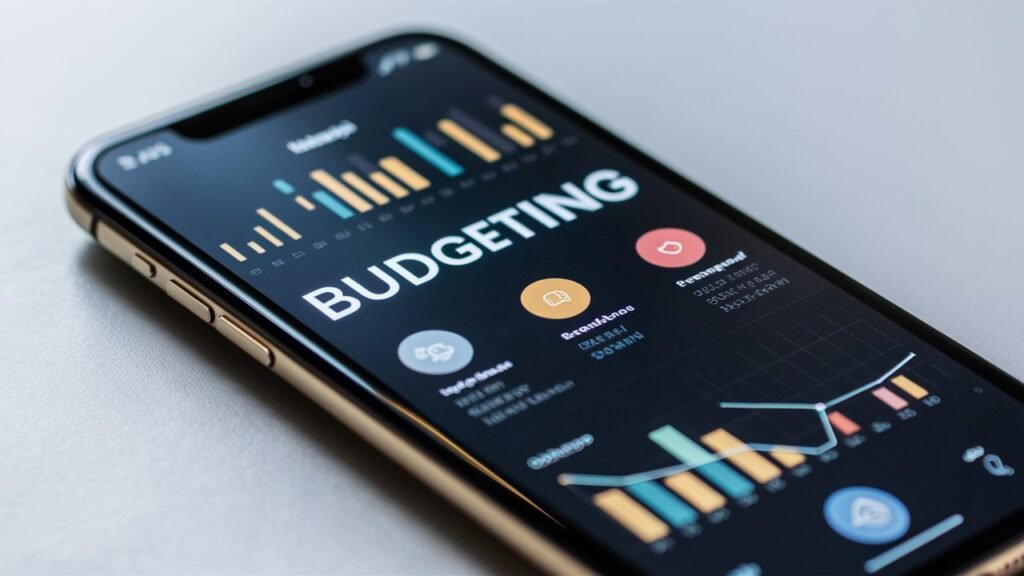
3. Do a Proper Budget
It is important to budget wisely if you are going to get through your emotional spending. The budget should allocate money for needs, savings, and just enough for a little loose spending. That way you don’t feel like you’re deprived of the chance to enjoy shopping.
• Make use of budgeting apps to track spending.
•Take time each month to review and adjust your budget.
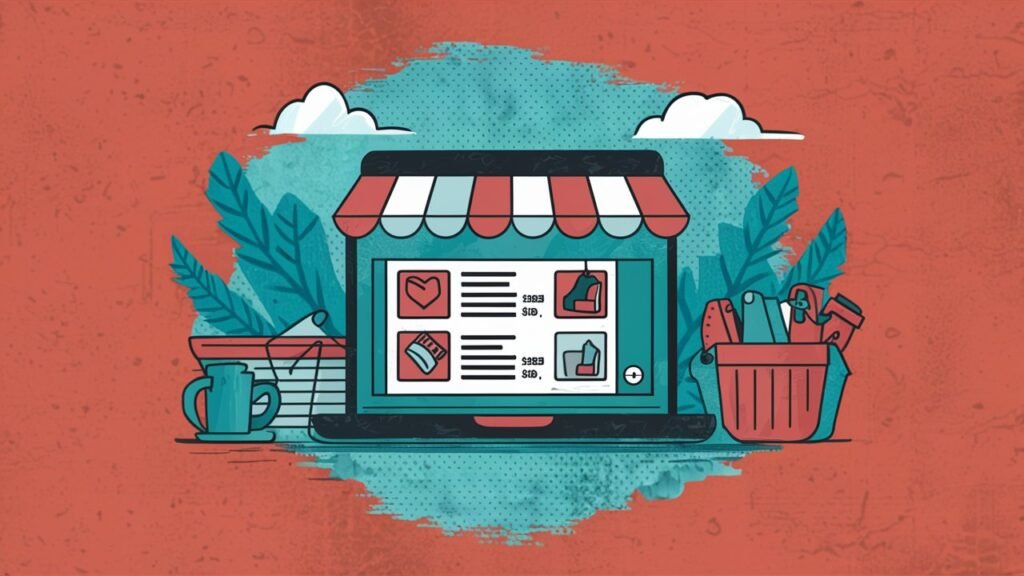
4. Wait Before Buying
Put the 24-hour waiting period or a more extended wait, like 30-day rule, between your wanting to buy a non-essential item and when you do buy it. You’ll be able to tell if you really need or want it after this waiting period.
• Ask yourself: Will I still want this tomorrow?
• Use wish lists: Put any potential purchase on a list for later reflection.
5. Alternatives to Shopping
Find alternatives to shopping that can spark joy and relaxation, like:
•Exercise or Yoga.
• Journaling or reading a book.
• Spending time with friends or family.
• Pursuing hobbies such as painting or gardening.

6. Cash vs. Card
It’s way easier to restrict oneself from overshooting a budget while paying in cash than through cards. Set aside a certain amount for each week and stick to it without any wiggle room.
• Leave your cards at home to avoid temptation.
•Negate all motivation to warrant spending within your allowed cash budget.
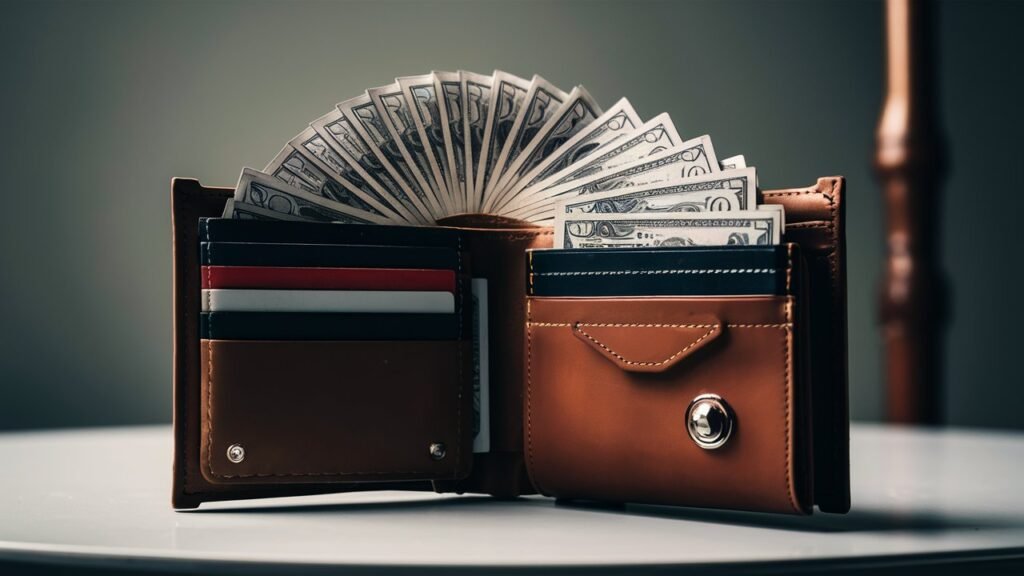
7. Build Emotional Resilience
A healthy emotional strength will have me withstood impulse buying that arises from certain triggers. These could include:
•Practicing mindfulness meditation.
•Critical conversations with a trusted friend or therapist.
•Stress management techniques.

8. Celebrate Progress Without Spending
Rewards don’t have to be materialistic; there are plenty of other ways you can celebrate some of the financial milestones you’ve crossed. Here are some ideas:
• Bring the cinema into your home for a movie night.
• Treat yourself to a candlelight bath.
• Go hiking or commune with nature.

Benefits of Stopping Emotional Spending
Breaking the pattern of emotional spending will utterly change your life. Here are its benefits:
1. Financial Freedom: There will always be a bit more in your kitty.
2. Less Stress: No more pangs of guilt and anxiety towards overspending.
3. Improved Relationships: Amongst your loved ones, you’ll bicker less about spending issues.
4. Increased Self-Control: Strengthening one’s ability to choose wisely.
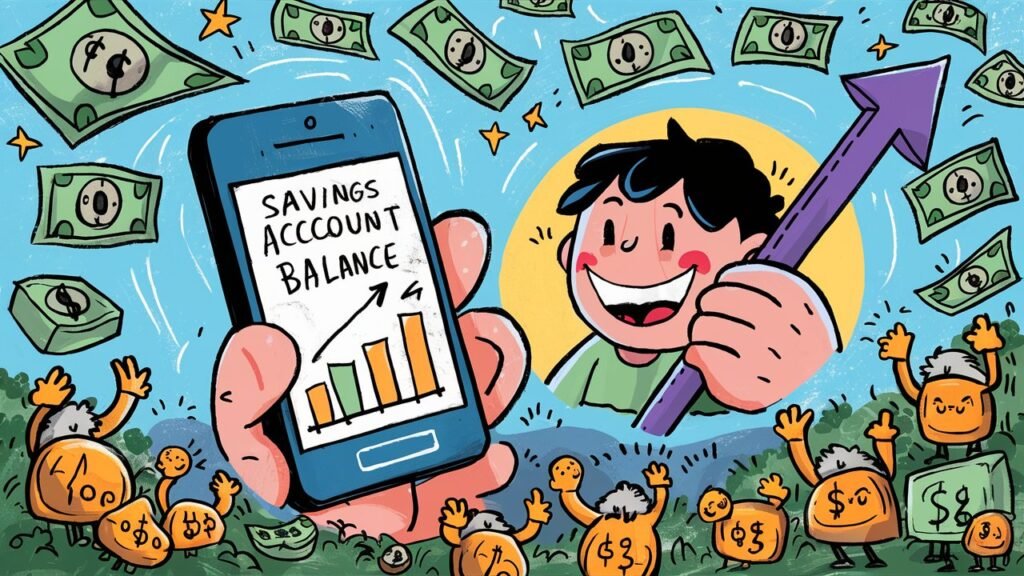
Conclusion
Emotional spending does not change overnight. Small steps in sensible reinforcement will help you gain some control over your finances. Identify triggers, set your goals, and replace bad habits with good ones on the way to financial peace and freedom.
Little changes may appear insignificant, but over the long haul, the cumulative effects can be wonderful. Start by changing an utterly small habit, and build up from there. Proper determination and the right approach will assure you of financial freedom!
FAQs About Emotional Spending
1. What is the difference between emotional spending and impulsive buying?
Emotional spending is driven by feelings, such as stress or happiness, while impulsive buying happens without planning, often triggered by discounts or limited-time offers.
2. How can I stop emotional spending if I’m addicted to shopping?
Start small by tracking your triggers, setting clear goals, and seeking support from friends, family, or even a therapist if needed. You can also try replacing shopping with healthier habits like exercising or journaling.
3. Can budgeting apps really help with emotional spending?
Yes! Budgeting apps can provide real-time insights into your spending habits, help you set limits, and track progress toward your financial goals.
4. Is it okay to treat myself occasionally?
Absolutely! Treating yourself within a planned budget ensures you enjoy the experience without guilt or financial stress.
5. How long does it take to break the habit of emotional spending?
It varies by individual, but with consistent effort and mindfulness, most people see significant improvement within a few months.
Ready to Achieve Financial Freedom in Retirement?
Explore expert tips and actionable strategies to make retirement stress-free and enjoyable. Subscribe now for more insights on mindful money management and retirement planning!




